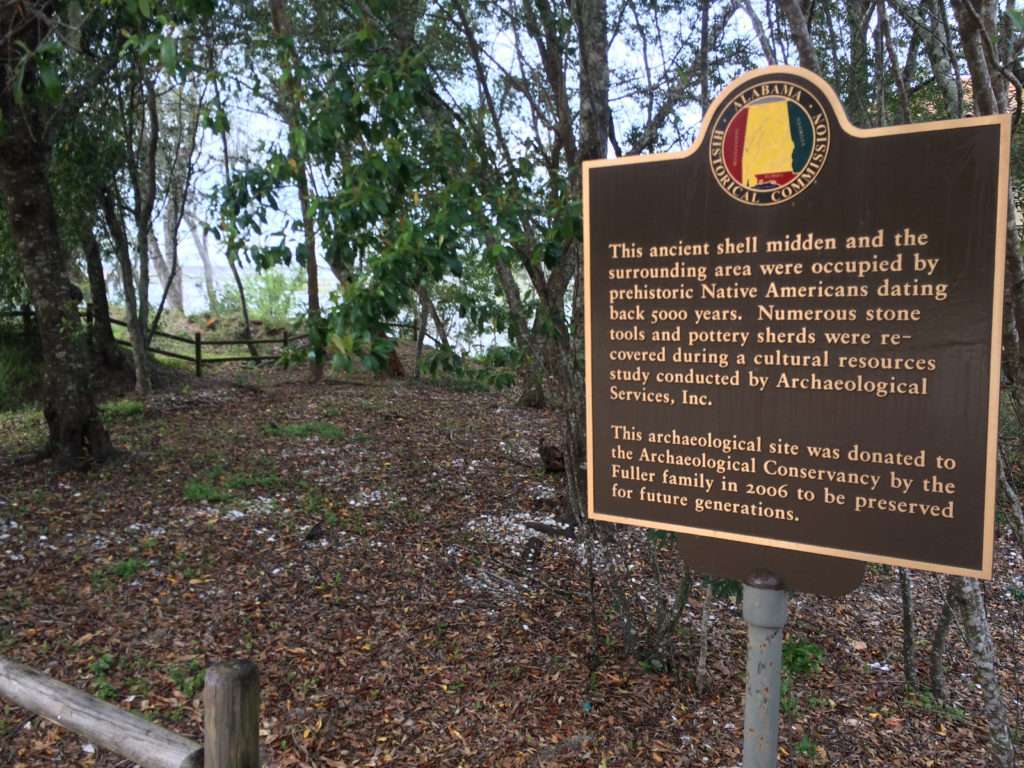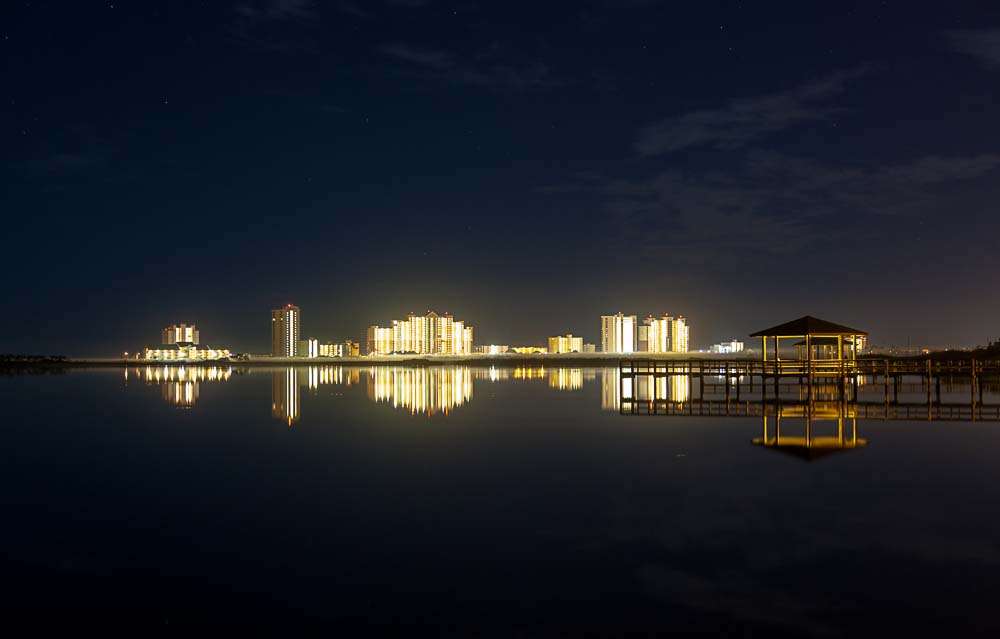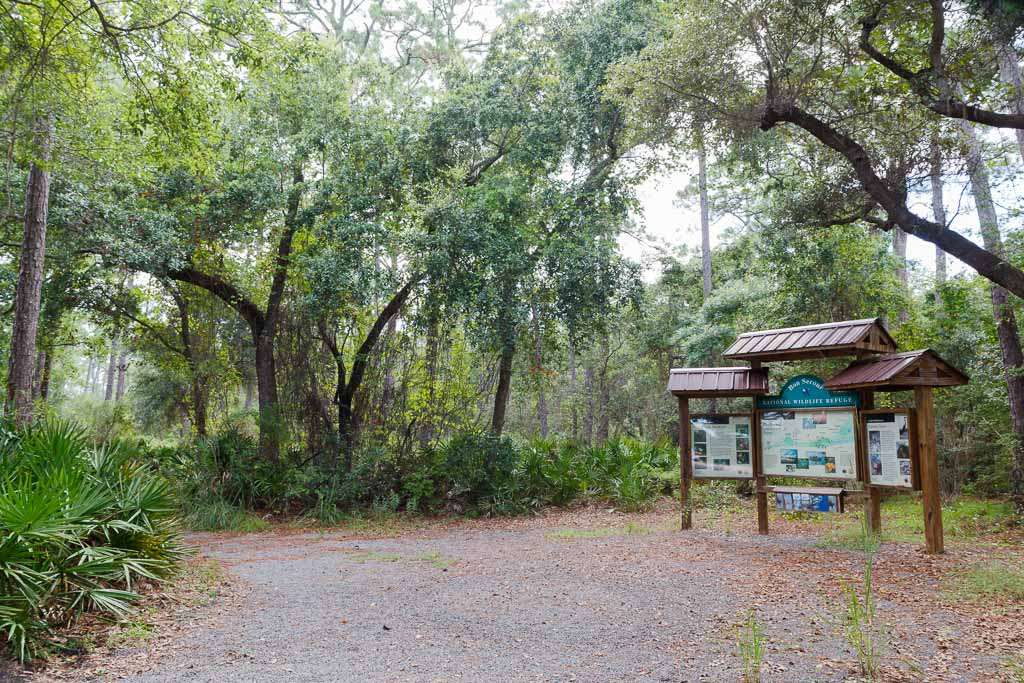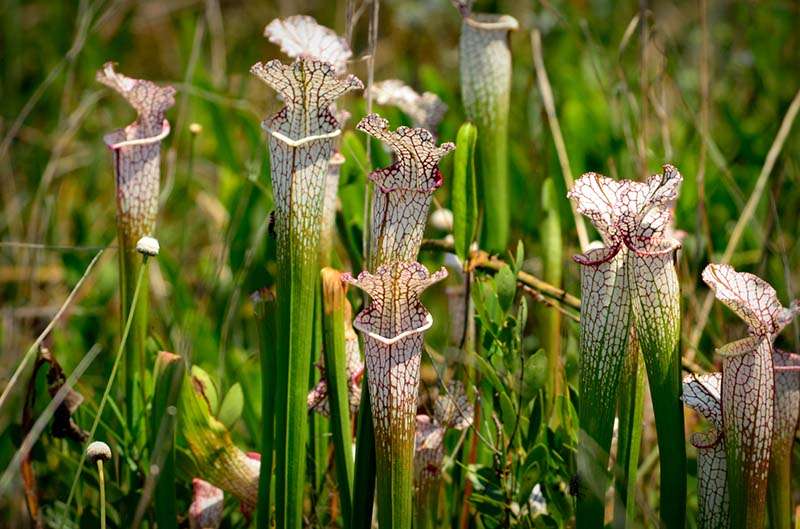Since at least 3,000 BC, the Mobile Tensaw Delta and Mobile Bay teemed with indigenous people moving up and down the waterways and …
Gulf State Park
Gulf State Park boasts over 3.5 miles of beautiful white sand beaches available in both our main park area in Gulf Shores at the …
Bon Secour National Wildlife Refuge
Bon Secour National Wildlife Refuge was established by Congress in 1980 for the protection of neotropical migratory songbird …
Weeks Bay National Estuarine Research Reserve
Weeks Bay National Estuarine Research Reserve provides the birder with a variety of ways to experience the salt marsh and the …
Continue Reading about Weeks Bay National Estuarine Research Reserve




